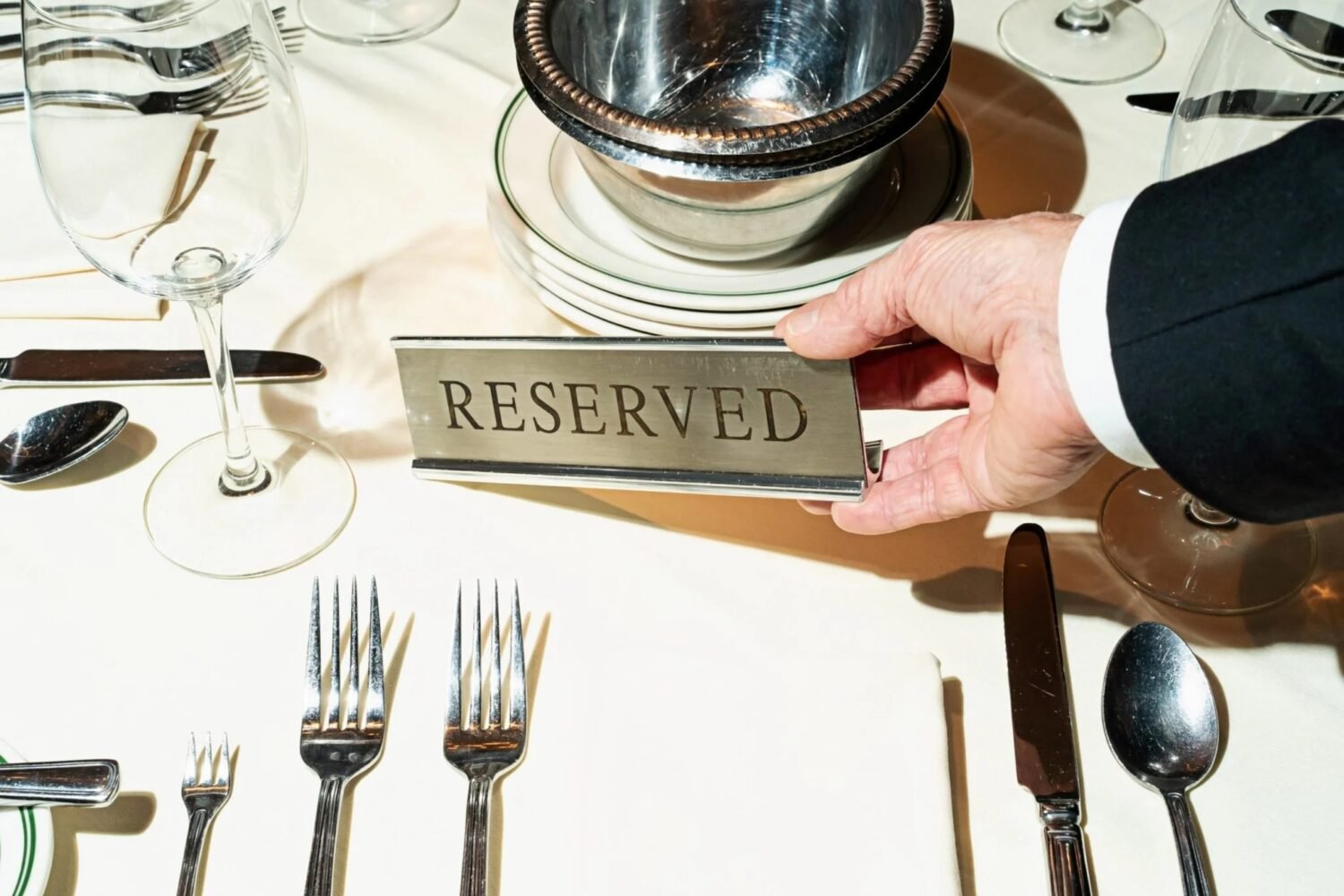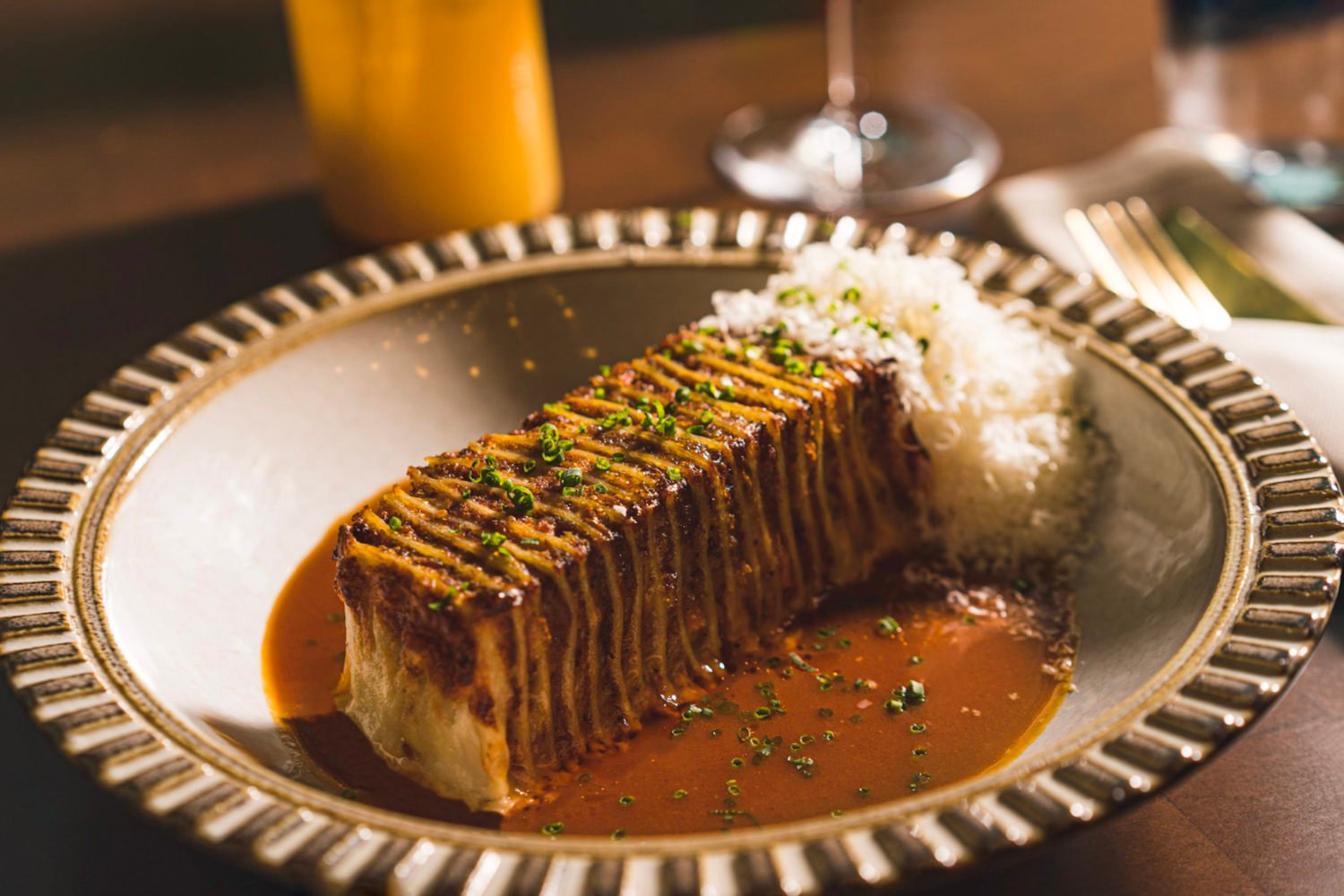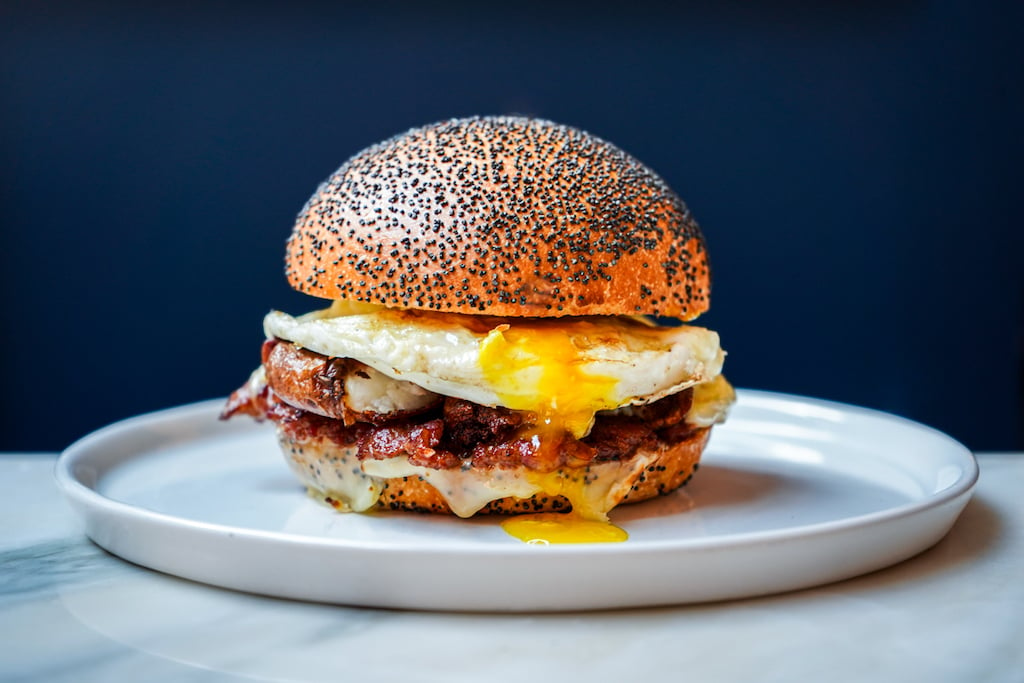
It wasn’t the platter of cold, well-shucked oysters or the thin-crust pizza with sliced short ribs that stayed with me most from my first meal at Potenza. It wasn’t the two heaping plates of house-made pasta or the near-perfect panna cotta and cannoli. The detail I held onto longest came after dinner while I was standing on H Street, having just reached into my pocket for the ticket to give the valet for my car.
I’d caught an unmistakable whiff of garlic and brought my fingers to my nose for a confirming sniff. Son of a gun.
If you’ve lived in New York, Philly, Boston, or any other city with a thriving Italian dining scene, the lingering smell of garlic after a meal of pasta and pizza is common.
Not so in Washington, where the best Italian restaurants for most of the past decade have been of the expense-account variety. Maestro was a creative marvel where sauces sometimes came in test tubes and where piles of smoked hay took the role usually performed by mashed potatoes or polenta. The cooking was joyous and passionate, but the space—a hotel dining room overseen by the Ritz-Carlton where cooks communicated via headset—was about as abbondanza as a boardroom.
Maestro shuttered two years ago, and the honor of best Italian restaurant is a matter of debate. Tosca serves gorgeous pastas in a corporate dining room, presided over by formally attired waiters, that harkens back to the stuffy French restaurants that dominated in the 1970s. Obelisk, which has occupied the same light-filled townhouse off Dupont Circle for almost two decades, exudes an air of serenity that’s echoed by its ethos of sustainability, of cooking as a form of purity. Teatro Goldoni is better than ever, with showy, over-the-top presentations and sometimes smarmy service that the K Street crowd laps up like the foam on a cappuccino.
Excellent though they are, none is the kind of big-hearted place a lot of people think of when they think of Italian food.
Potenza, the latest venture of the Stir Food Group (Zola), is.
From Dino and Frank crooning above a clamorous dining room to the full-service bakery on the premises to the red-sauce classics on the menu, the restaurant looks out of step in an age of fusion, when boundary-pushing chefs ply their trade in cool and aloof venues. Potenza is backward-looking. It’s sentimental. It wants to please. Its location on the ground floor of the old Woodward building only adds to the old-school allure.
The space, done up in soft oranges and tans and with warm, caressing lighting, marks a departure from the sleek, trendy rooms most new restaurants occupy. The high-backed chairs are made of wood, not molded plastic, and appear designed to send a message that Potenza isn’t for calorie-counting professionals or would-be models but for diners who like to roll up their sleeves and dig into big bowls of pasta. The napkins are dishtowels.
What Potenza understands, and so few DC restaurants do, is that it’s possible to aim high and to aim low, too—that is, it’s not necessary to be a Tosca, an Obelisk, or a Teatro Goldoni to be good. This is a formula many of New York’s Italian restaurants have always known.
General manager Paul Sharon was brought in from Trattoria Dell’Arte in Manhattan—the Carnegie Deli of Italian restaurants—and he has brought some of the speed and sass of that famed establishment to Potenza. His young servers at Potenza wear black shirts that resemble soccer jerseys—the stylistic antithesis of Tosca’s jackets—and what they lack in polish and knowledge they make up for in energy, giving the room the feel of a pizza parlor at prime time.
Potenza’s greatest asset is chef Bryan Moscatello, a Jersey guy who turned out a surprisingly convincing version of low-country cooking at Indigo Landing. But Italian is his idiom—the food he grew up eating and understands most intuitively. Italian-American food, to be precise.
As Italian regional and micro-regional cuisines—with their focused presentations of simple, fresh ingredients—have shot to prominence over the past decade, Italian-American cooking has fallen out of favor with many foodies.
Italian-American is not “clean,” to use a word beloved by persnickety gastronomes. It’s not light. It’s a brawny cuisine, and Moscatello—visible most nights in the open kitchen barking out directions—is a brawny guy. Some chefs look like they were meant to model on TV; Moscatello looks like someone who actually enjoys food.
One of the best dishes, which goes by the name “rigatoni and Sunday gravy,” is a hulking plate of pasta and meat of the kind Moscatello grew up eating at big family dinners in New Jersey. The dish is listed at the top of the menu and functions as a kind of mission statement—“gravy” being the term that Italians in big cities use to refer to the thickened liquid that completes a dish of pasta. The rigatoni wasn’t special, but the marinara-drenched pile of meats was—a soft-cased sausage, a hunk of easy-to-shred pork spare rib, braciola, and a light and zestful meatball that reminded me what we’ve been missing in Washington for too long.
A slice of one of the excellent house-made breads—the result of a collaboration between Potenza’s bakery and Mark Furstenberg, creator of Marvelous Market and Breadline—was ideal for sopping.
Most of the pastas are made from scratch, and Moscatello dresses them in the Italian-American manner, which is to say liberally and with boldly flavored sauces that might shock a palate accustomed to the judicious saucing of regional Italian cooking.
A lusty wild-boar ragu is the condiment for a bowl of pappardelle, a wide noodle. The terrific gnocchi are coated in a sauce made with a sharp Gorgonzola and darkly toasted walnuts. Even a simple dish of linguine and clams is pumped up with pancetta and slivers of garlic. I appreciated the intention, but the sauce was simply too rich and salty. Likewise, I love the idea of a plate of thick spaghetti with tarragon pesto, anchovies, and bread crumbs, but I stopped eating after a few bites. Too much pungency.
Beyond the pastas, the dishes are so accessible and unpretentious that it’s hard to believe they weren’t lifted from a restaurant in some city’s Little Italy. A friend I took along on one visit exclaimed, “I haven’t eaten veal scaloppine in this town in forever!” It’s cause for exclamation—a very simple dish done very well, with a mound of soft polenta underlining its succulence.
Moscatello isn’t given to changing familiar dishes just to personalize them, but he substitutes pork for veal in his veal Milanese. Why? The pork has more flavor, which he amplifies by mixing fresh herbs into his bread crumbs and giving the finished dish a drizzle of pesto sauce. A plate of veal loin and endives, on the other hand, was ordinary.
The pizzas are surprisingly good for a place that doesn’t concentrate on making them—the oblong crusts hit the table soft and become crispier as you eat them. Toppings reflect a more-is-more sensibility. The salame picante includes a spicy soppresatta sausage and not one but two kinds of cheese—mozzarella and provolone. One of the simplest is a pie with intensely salty, lightly sweet Gorgonzola dolce and a drizzle of aged balsamic.
You can eat lightly, but it’s not easy. If you don’t want to waddle out, you can load up on the excellent veggie sides—grilled preparations of artichoke, fennel, and mushroom, among others. You also can front-load your meal with selections from the raw bar, such as oysters, clams, shrimp, and crab. Salads—including one with charred octopus and another with sliced pears, endive, and blood oranges—are pleasant and light, but they lack the conviction of bigger, meatier alternatives.
Potenza has room to grow. The question is: Will it? The Stir Food Group’s other ventures have set a precedent of starting fast, leveling off, and sliding into complacency. For now, at least, Potenza appears to have a firm grasp of the culinary moment, a time when people are scaling back and when pizza plus pasta plus Dino or Sinatra feels like a sure and soothing thing.
Open Monday through Saturday for lunch and dinner, Sunday for brunch and dinner.
This review appeared in the July, 2009 issue of The Washingtonian.
Related:
Bread (and Sticky Buns) Worth Lining Up For
Buzzed: Elli Benchimol's Capriani
More>> Best Bites Blog | Food & Dining | Restaurant Finder











